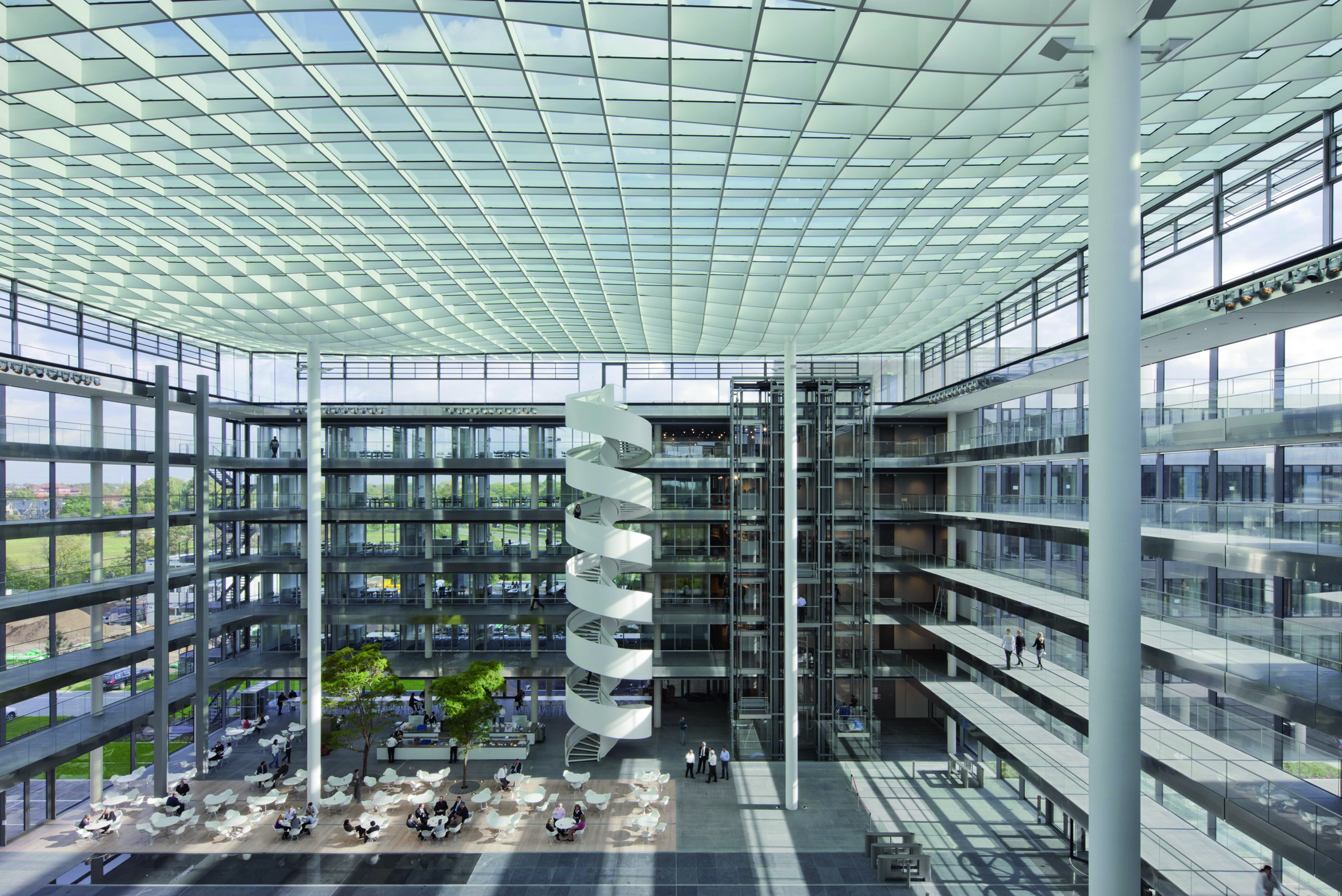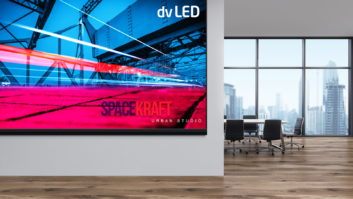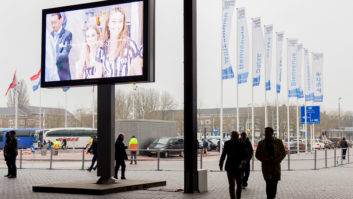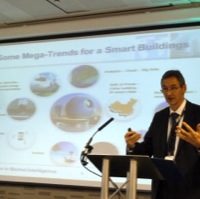
Previously Steve Montgomery analysed the opportunities and obstacles for AV integrators, here he looks at the potential for collaboration between companies and the need for a new approach to the market.
A method of entry into the industry for AV integrators is to collaborate with companies that already specialise in complementary building service elements, as Snyder points out: “No industry has more elements in smart building integration than pro-AV/lighting/IT integrators; however there is an advantage in teaming with similar-sized companies to cover areas in which they are not skilled, such as energy management and access and security systems. This can provide lead-in to projects.”
The real market opportunities could still be some way off. “It’s important to start with the big wins first,” warns Joe Short, CEO of Demand Logic, a company that deploys data analytics to identify energy-saving and operational strategies in large buildings. “There are still major ‘energy insanities’ to be found in the way the large central plant is controlled in many buildings. But once this low-hanging fruit has been picked, focus can rightly move to micro-level behaviour change and a host of smart integration solutions.
“There are significant opportunities to bring about behavioural change through the application of cross-service, integrated and intelligent building management. These aren’t widely understood by the construction industry so there will be opportunities for integrators who can combine system control and management with a good user interface further down the line and that will lead to buildings that actually work in the way we all want.”
Jim Young, founder of Realcomm Group, a research company at the intersection of technology, innovation and real estate operations, agrees that a new approach is needed: “A new way of thinking about real estate operations: overlaying an IT network, connecting all our traditionally unconnected equipment, monitoring, analysing and controlling business processes without human intervention, will lead to much better managed assets, which translates to happier occupants and improved finances. The technical requirement to design the network infrastructure, acquire and analyse data and configure the automation may be a skillset that a traditional facility manager may not possess, yet these capabilities would have a profound impact on anyone in charge of facilities, energy, sustainability and others. This presents an opportunity for an holistic, comprehensive company-wide approach where everyone understands the big picture and aligns within the organisation to meet not only their individual departmental needs, but also the overall strategy.”
Despite the abundance of opportunities that lie in delivering integrated and highly automated buildings, there is a dearth of solutions. The AV community is extremely well placed to deliver services and can present a compelling story. Effort invested in cultivating relationships with complementary service providers and identifying and approaching decision-makers, early in the design process – whether architects, owners, facilities managers, users or others – could potentially pay dividends in future business opportunities. The tools and capabilities already exist for AV integrators to enter this market.
www.demandlogic.co.uk
www.realcomm.com
www.smartbuildingconference.com







